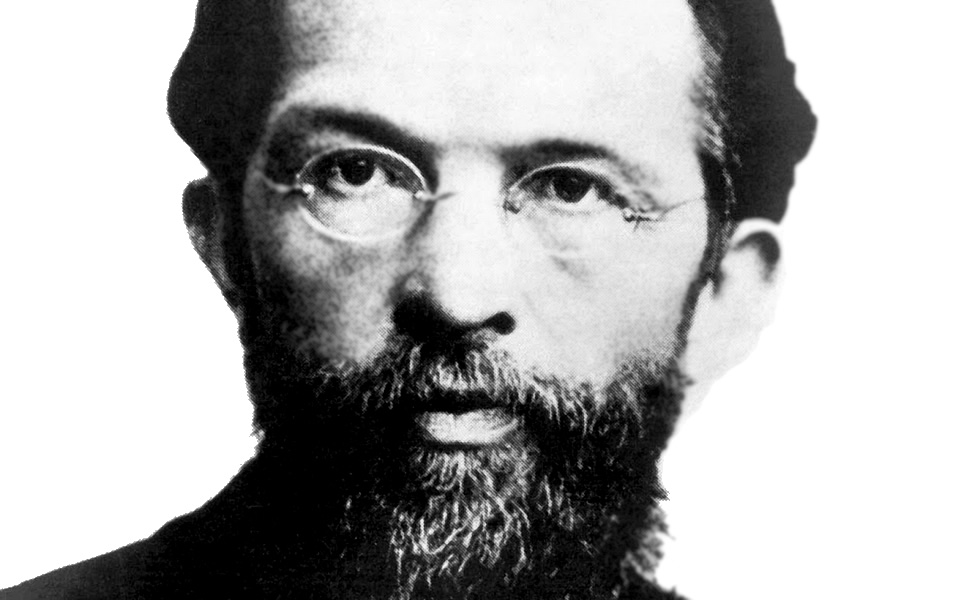
In Part I we surveyed the problems associated with defining money, and offered a working definition – money is the most marketable good.
In Part II, we took a deep dive into marketability and looked at three different ways we can observe and measure it in the real world.
In Part III, we return to our definition of money with the aim of restoring two fundamental tenets of money which seem to have been lost during the last century of monetary thought.
We return to a critical question we raised at the very beginning of this essay. Is there any difference between credit and money?
The answer is yes and it will require us to add an essential criteria to the existing functions of money. 1
The Forgotten Function of Money – Extinguisher of Debt
The forgotten function of money is that it is the ultimate extinguisher of debt.
Money must extinguish debt.
It goes without saying, at least it should, that debt cannot extinguish debt, at least not ultimately. Think about it, if you use credit to pay off other credit, does the credit ever go away? That is, go out of existence? The answer is no. But this is an underappreciated fact in today’s discussions around money and therefore bears further explanation.
To unpack what we mean by extinguishing debt or credit, let’s return to our example of salt in part I but change a few things. What if Steve the farmer paid Dean the shoemaker, not with salt, but with a promise (an IOU) to pay in salt at a later date. Steve knows and trusts Dean so he accepts the promise to pay in salt and proceeds to give Dean the food he desires. This is all fine and good so long as the promise to pay in salt is eventually fulfilled. Here the promise to pay (credit) is fulfilling two of the three standard functions of money – medium of exchange and store of value. But our question is, can a promise to pay in salt extinguish another promise to pay in salt? That is, make it go out of existence?
No, it cannot.
To understand why let’s imagine further that Steve not only accepted Dean’s promise to pay (PtP), but used that same PtP to pay for real goods and services provided by Stephanie the doctor. Such an exchange would remove Steve and Stephanie from the debt loop (they don’t owe anyone anything), but the debt itself remains outstanding. Or, Stephanie could decide to pay Betty the baker with her own PtP in lieu of, or in addition to Dan’s PtP, thereby increasing total debt outstanding. The important point to note is that in either case the debt has simply shifted from one party to another. It is never exhausted until someone either comes up with some salt to pay for it, or the issuer (Dan and/or Stephanie in this case) defaults, admitting they don’t have the salt to pay it.
This exchanging of credit can expand and continue liberally as there is no a priori limit to how much credit can be issued.
In the illustration salt is money while the promises to pay in salt are credit. Salt is the most marketable good and it does something that promises to pay in salt, marketable as they may be, cannot do. Namely, cause debt to go out of existence. 2
Why is this important?
The need to extinguish debt/credit is significant for a number of reasons, but for the sake of brevity, we will list only one here.3 It should be self-evident that if there is no way to extinguish debt, then the total debt must and will rise.
It’s tempting, especially when aggregating economic data, to think of debt as some abstract number. But in the economics of real life debt has a mass, a weight, that must be borne by real actors in an economy dealing with real means of production. If there is no natural mechanism to curb the continual and exponential (because most debt comes with interest which is a function of the total amount, and therefore exponential in nature) rise in debt then the weight of this debt will bear down upon and do damage to the economy.
Though they may share many similar characteristics, perform many of the same functions, and both be highly marketable, the relationship between money and credit is not equal.4 To conclude this first point, consider the following three statements as a summary:
- Credit can be exchanged for credit and other economic goods.
- Money can be exchanged for credit and other economic goods.
- Money can extinguish credit, but credit cannot extinguish credit.
Before moving on, let me clear up one potential understanding. This doesn’t mean that all transactions need be or even should be settled in money. Precisely because money is a real and present good means that at a certain scale it becomes inefficient and undesirable to be used in all exchange. A short survey of monetary history will show that sound credit is more efficient in exchange at scale than the actual monetary good. However, money is needed to “net out” the sum of credit exchanges. This is typically only a small amount.
Thus, we need a highly marketable money good which isn’t (cannot be) credit and therefore able to extinguish credit (make it go out of existence). For money to perform this forgotten function of extinguishing debt, it must be a “real and present good.” We have something very specific in mind when we say a “real and present good” which leads us to our next heading.
The Forgotten Definition – What is an economic good?

There are so many terms thrown about in economics5 without ever taking the time to ask what they really mean or at least offer a definition for their use. An “economic good” is another example and here again we will rely on Carl Menger for help. Menger lays out four pre-conditions for what constitutes an economic good:6
- A felt (known) human need
- A thing having the properties to causally satisfy the felt human need
- Knowledge of the causal connection between the felt need and the thing believed to satisfy that need
- Sufficient control over the thing to direct it to the satisfaction of the need
Without all of these conditions in place, whatever you’re dealing with, it’s not an economic good.
And herein lies an additional special qualification for what differentiates money and credit.
Money is (and must be) a real and present good. Credit, by definition, is not.
Credit is a “promise to pay” in a real and present good (or several) at a later date. However, with credit, the condition of having “sufficient control over the thing to direct it to the satisfaction of the need” has been surrendered either in part or in whole, or at the very least, is uncertain. In other words, with credit there is risk. Risk that the goods – whether deliverable in money or in other real goods – do not arrive when and how they were promised.
That is not the case with money. Since money is a real and present good it does not depend on someone else to fulfill a promise. It is either there or it isn’t. And if it is there to be used as payment in exchange, then we can be confident that payment is final and without contingency. Any and all debt against it is erased from the balance sheet and no other balance sheet is impacted (apart from the person paying) as a result.
There is so much more to say that goes beyond the scope of this essay. So we conclude this section by adding and emphasizing that not only is money the most marketable good, it is also the most marketable good – in the Mengerian sense. That is, it is simultaneously capable of extinguishing a debt and not merely transferring it to another party (real and present good), and it is the most preferred and advantageous (marketable) means of doing so.
This concludes Part III of this essay.
In Part IV we will conclude our line of thought by moving away from the theoretical and back into the practical by asking “Why does any of this matter at all?” Click here to read Part IV: Why Money Matters
Thank you for reading. I hope you found this article helpful and maybe even enjoyable. I am a student of markets, not a master. If there’s anything in this essay you disagree with, I’d love to hear what and why in the comments below. Thanks again for reading.
Footnotes
- In addition to a) medium of exchange b) store of value c) unit of account.
- An astute reader will recognize that other real goods could be used to exhaust debt. This is absolutely true. But remember that money is the most marketable good, and therefore the ultimate extinguisher of debt par excellence. Real goods may be “real” enough to retire debt, but they do not have equivalent marketability. Imaging trying to settle mortgage debt in cars or tomatoes? Or credit card debt in packs of gum or shirts?
- There is another – setting the rate of interest. Without an extinguisher of debt, the rate of interest is unhinged from reality. We glossed over it (we’re trying to keep it simple) but most debt comes with interest payments which are set as a percentage of the principal. How then is the rate set? If there is no way to retire debt outstanding, then the mechanism for setting the rate is fatally flawed.
- The language of “money substitutes” or “fiduciary media” is often employed to refer to this type of economic phenomena.
- Is any discipline immune to this?
- This is the best theory of the good I’m aware of. If anyone else has a better one, please post in the comments or email me directly.